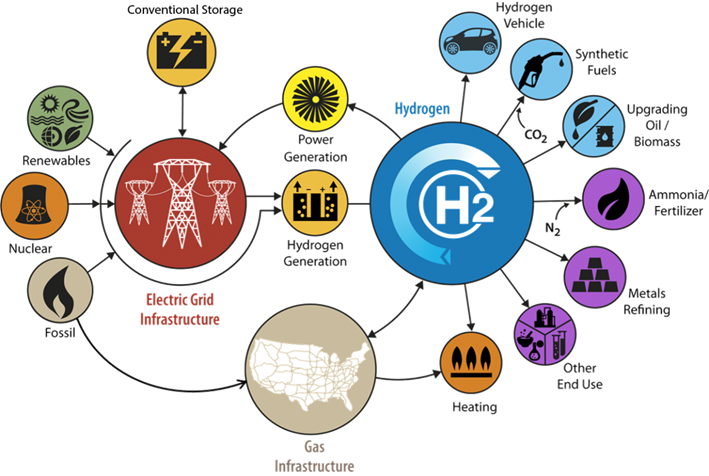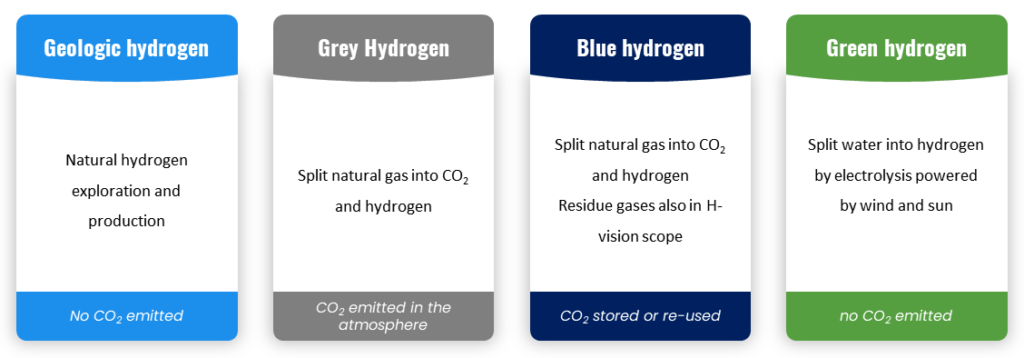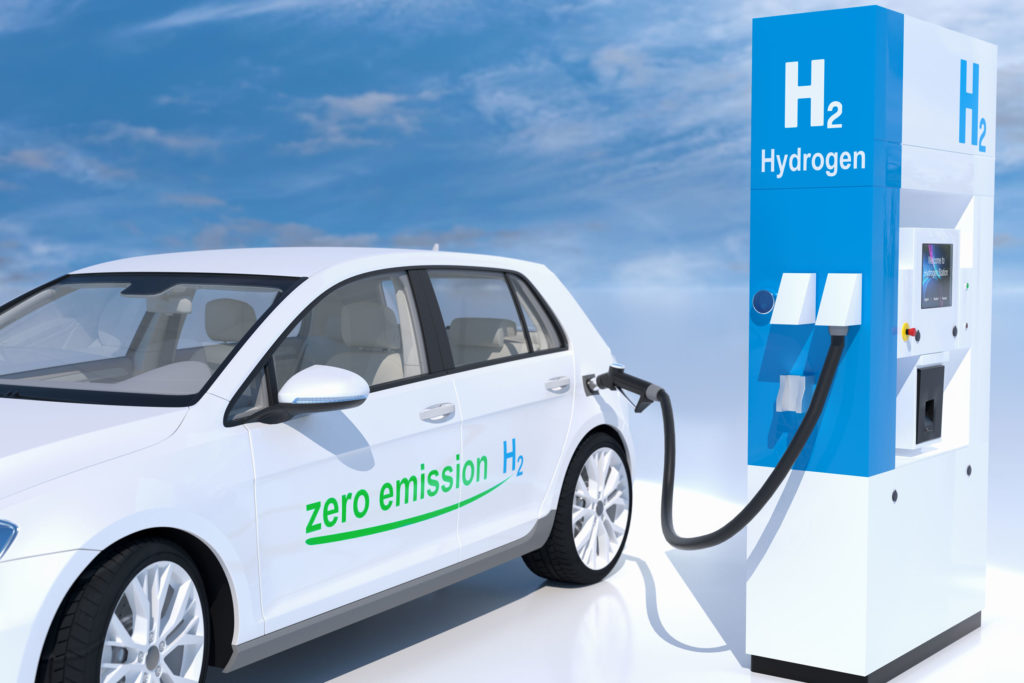Hydrogen Market
Hydrogen’s time has finally come
Hydrogen
Hydrogen is currently experiencing unprecedented political and economic momentum globally, with numerous countries developing national hydrogen strategies and other decarbonization initiatives featuring hydrogen.
A hydrogen economy is the only viable path forward to a zero emissions world because it is the energy carrier, which is most interchangeable with fossil fuels. Hydrogen has significant potential to contribute to decarbonization as a valuable zero-emissions energy carrier across multiple sectors of the economy.
Hydrogen has been a potential energy transition solution for decades but has lacked infrastructure for wide-spread adoption. But that is starting to change, and many agree that hydrogen’s time has finally come.
The total addressable market for hydrogen is large and rapidly growing. According to market research firm, Markets and Markets, the hydrogen generation market is expected to reach USD $199.1 billion by 2023, from a market size of USD $135.5 billion in 2018. Cleaner fuels from refineries and increasing implementation of hydrogen fuel cells in transportation and power generation is expected to propel the growth of the market.
Bank of America recently declared that the hydrogen industry is at a tipping point and headed to $11 trillion, with hydrogen production projected to see a 5000% increase by 2026.

Hydrogen has numerous additional applications and is the only net-zero energy carrier capable of decarbonizing the most difficult to abate industries such as cement-making and metals refining, both of which require intense heat that electricity simply cannot provide, and which is why fossil fuels are used by industry today.
Hydrogen is often discussed as a carbon-free fuel of the future, especially for use in fuel cell electric vehicles and trucks, but hydrogen can be used for much more than zero-emissions transportation. In fact, from enhancing the flexibility of the electric grid to greening agriculture, hydrogen could play a major role in a transition to a clean and resilient energy system (see image on left).
In an effort to bring that vision to fruition, the Department of Energy (DOE) has launched “Hydrogen at Scale,” or H2@Scale, an initiative that explores the potential for wide-scale hydrogen production and utilization in the United States to benefit many sectors of the economy.


But not all hydrogen is clean or green. Today, about 95% of total hydrogen production is considered either grey (made from natural gas) or brown (made from coal) and used mainly by industry for making ammonia, methanol, and petroleum refining.
Blue hydrogen is grey hydrogen, when combined with carbon capture and sequestration (CCS) to deal with CO2 emissions during production.
Green hydrogen is made via electrolysis using 100% renewable energy from wind or solar and is therefore carbon-free. The market prefers green hydrogen because of its zero-emissions production profile.
Similarly, natural, or geologic hydrogen production is clean and carbon-free. Geologic hydrogen systems can be explored for and produced in the same manner that natural gas prospects are developed and produced today. Some have suggested that the current state of geologic hydrogen exploration resembles the very beginnings of oil and gas exploration.


